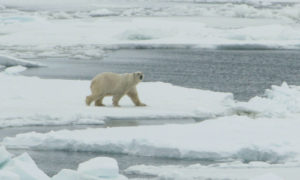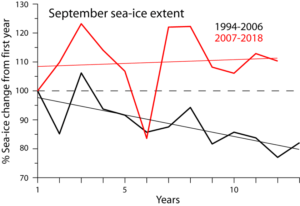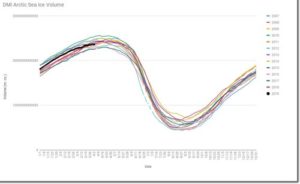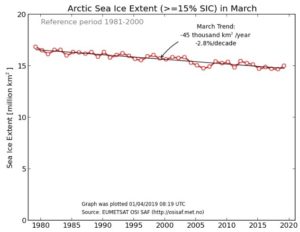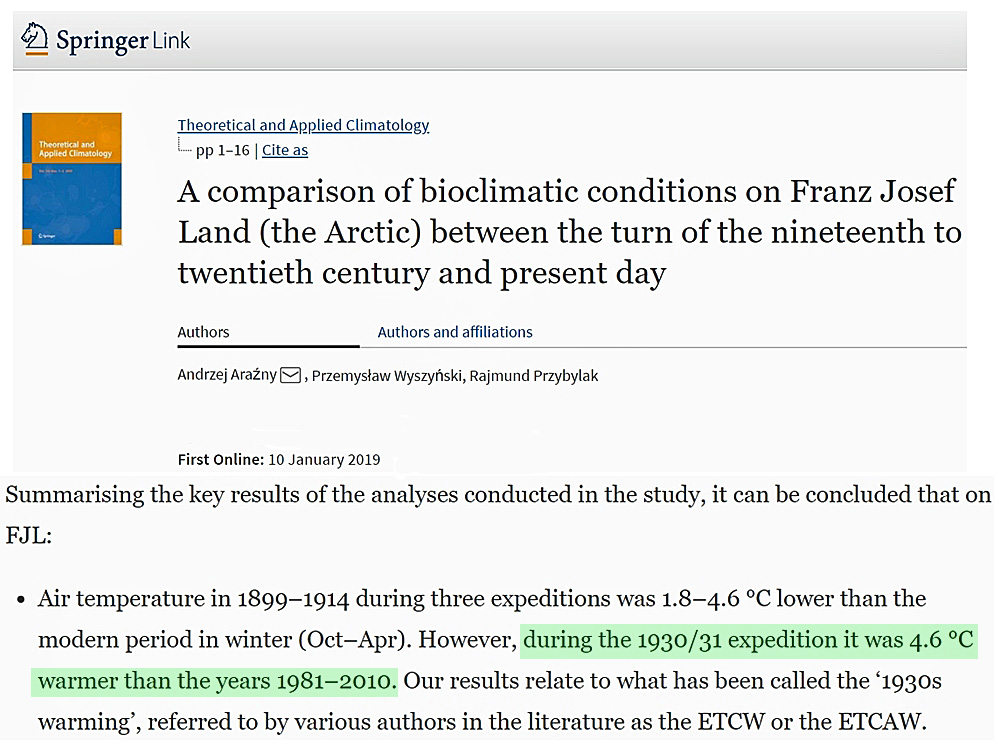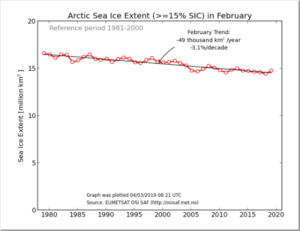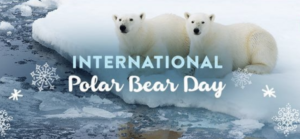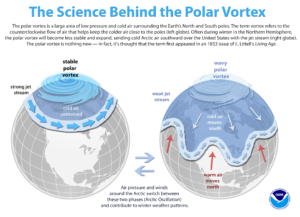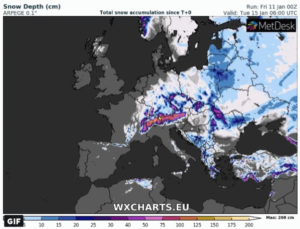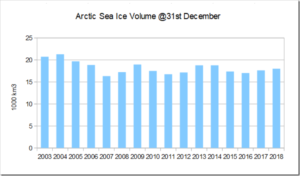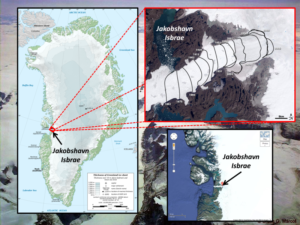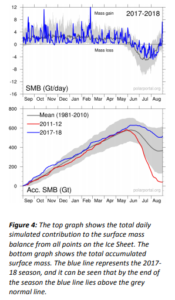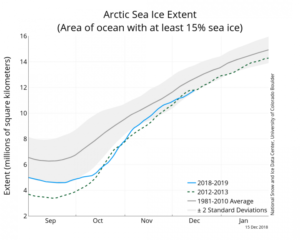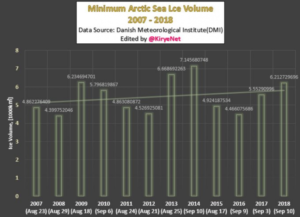by P. Homewood, June 20, 2019 in NotaLotofPeopleKnowThat
…
…
The first thing to point out is that this is nothing to do with Greenland’s ice sheet, despite the misleading inference to that effect in the first paragraph. It is in fact fjord ice, which freezes every winter and melts every summer.
This year it is beginning to melt slightly earlier than usual, because of warm air moving up from the south. This is called “weather”, and has nothing to do with “global warming”.
As is noted, such weather is not unprecedented. Indeed, the temperature peak of 17.3C is not even unusual for Qaanaaq, where the record is set at 20C.
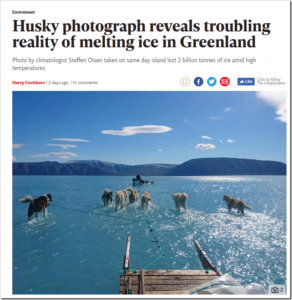
…
See also here

